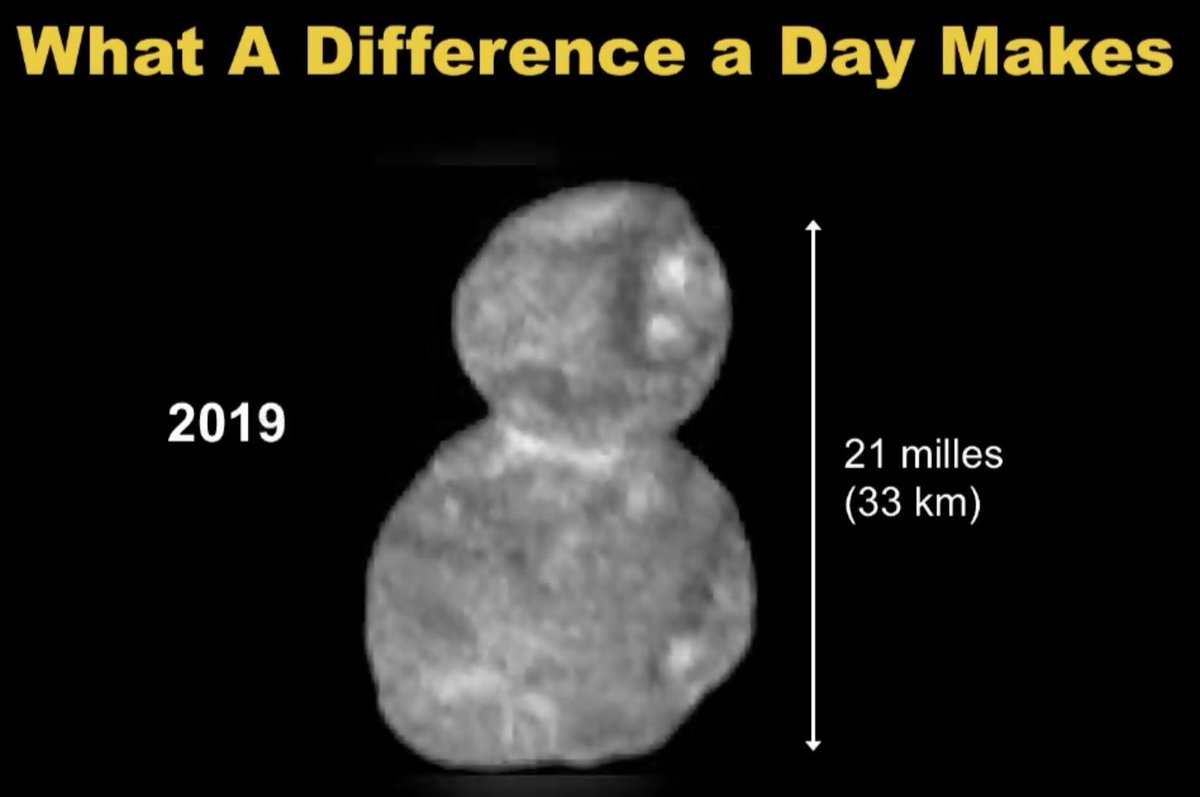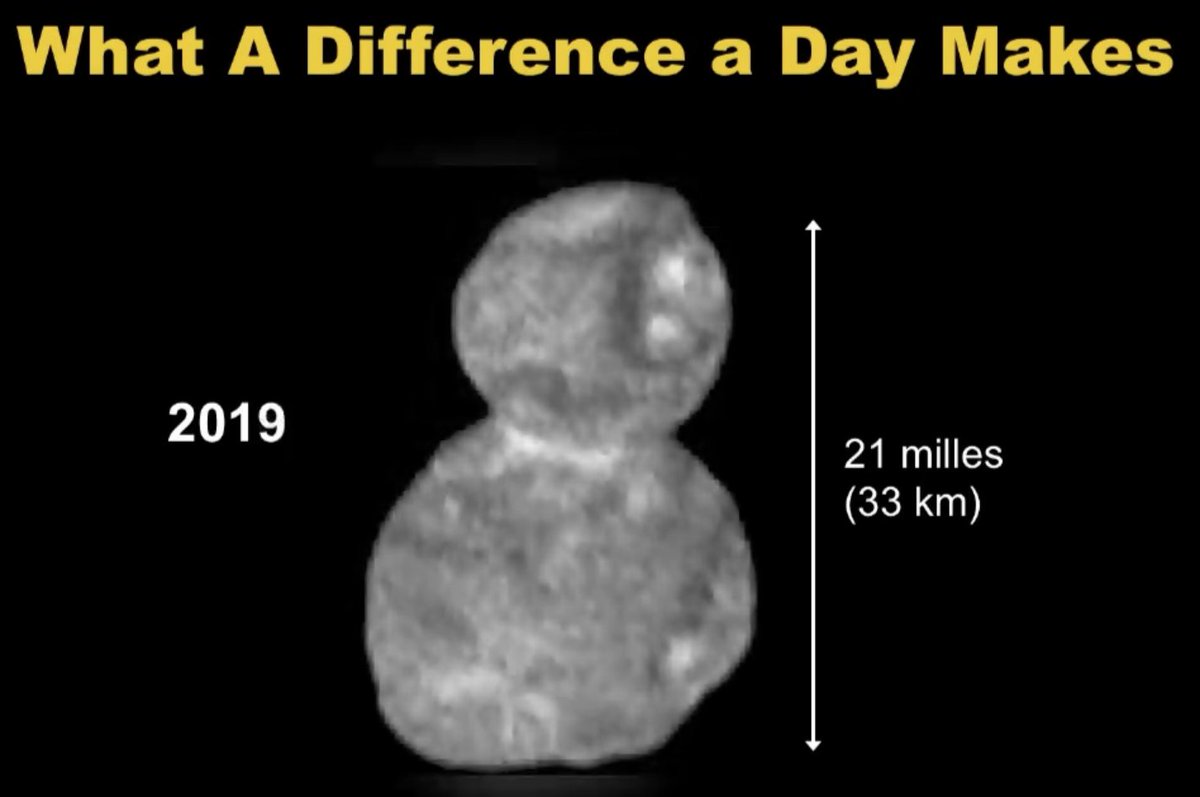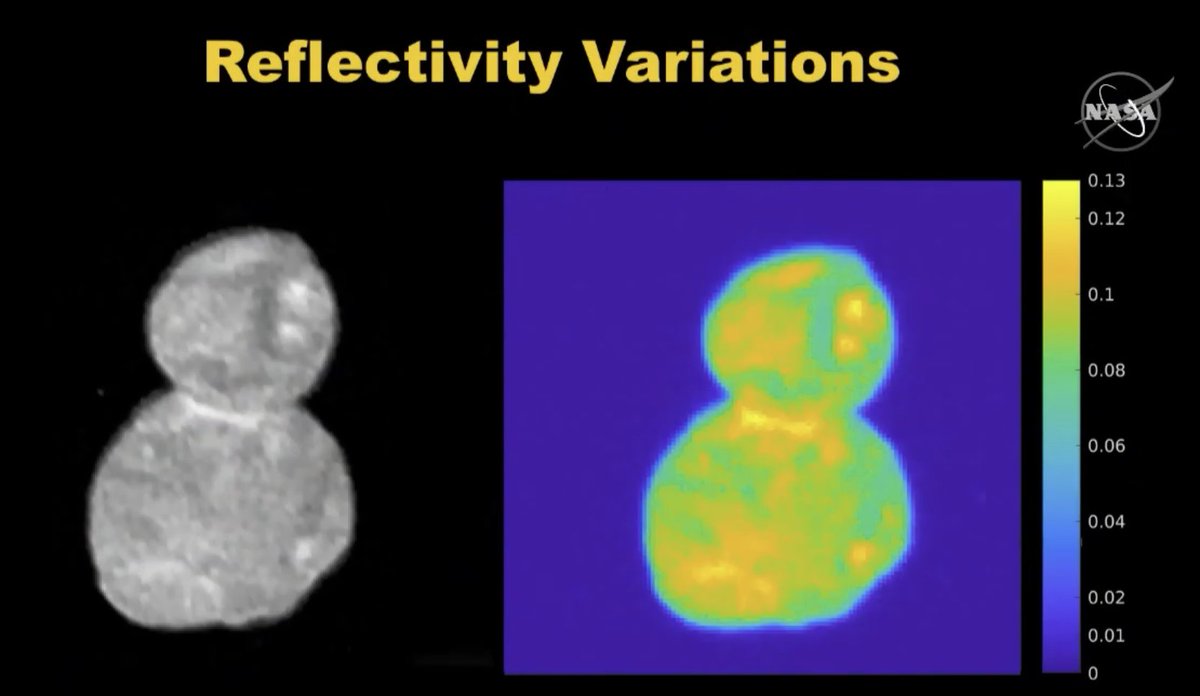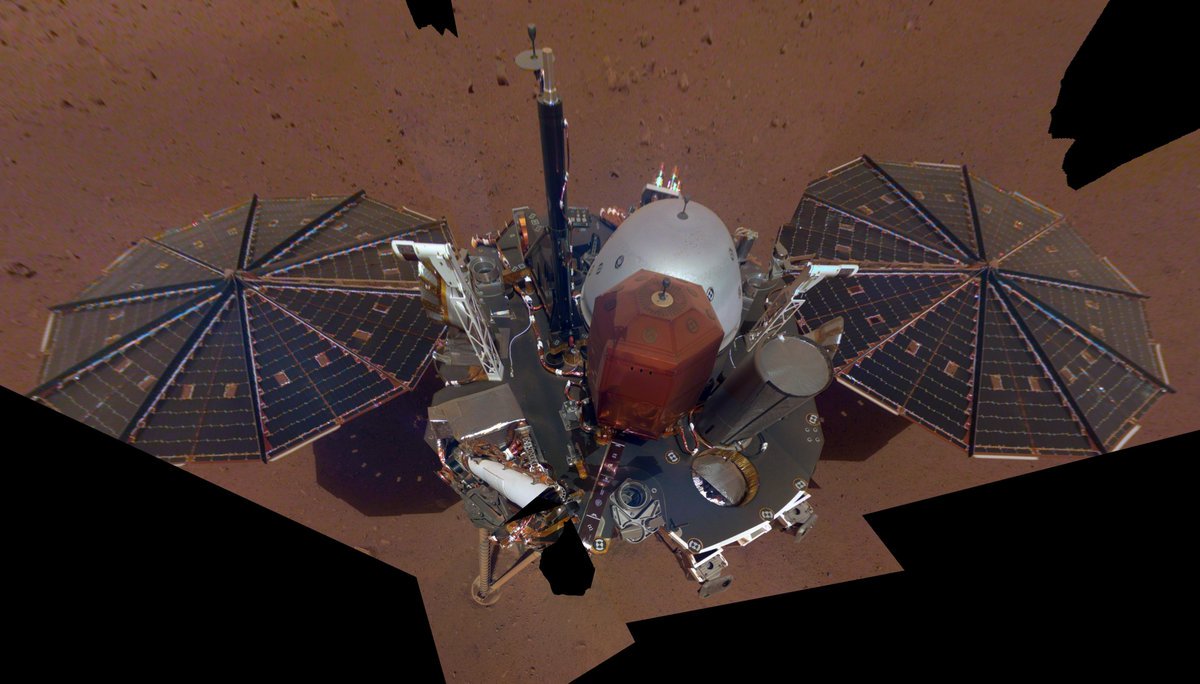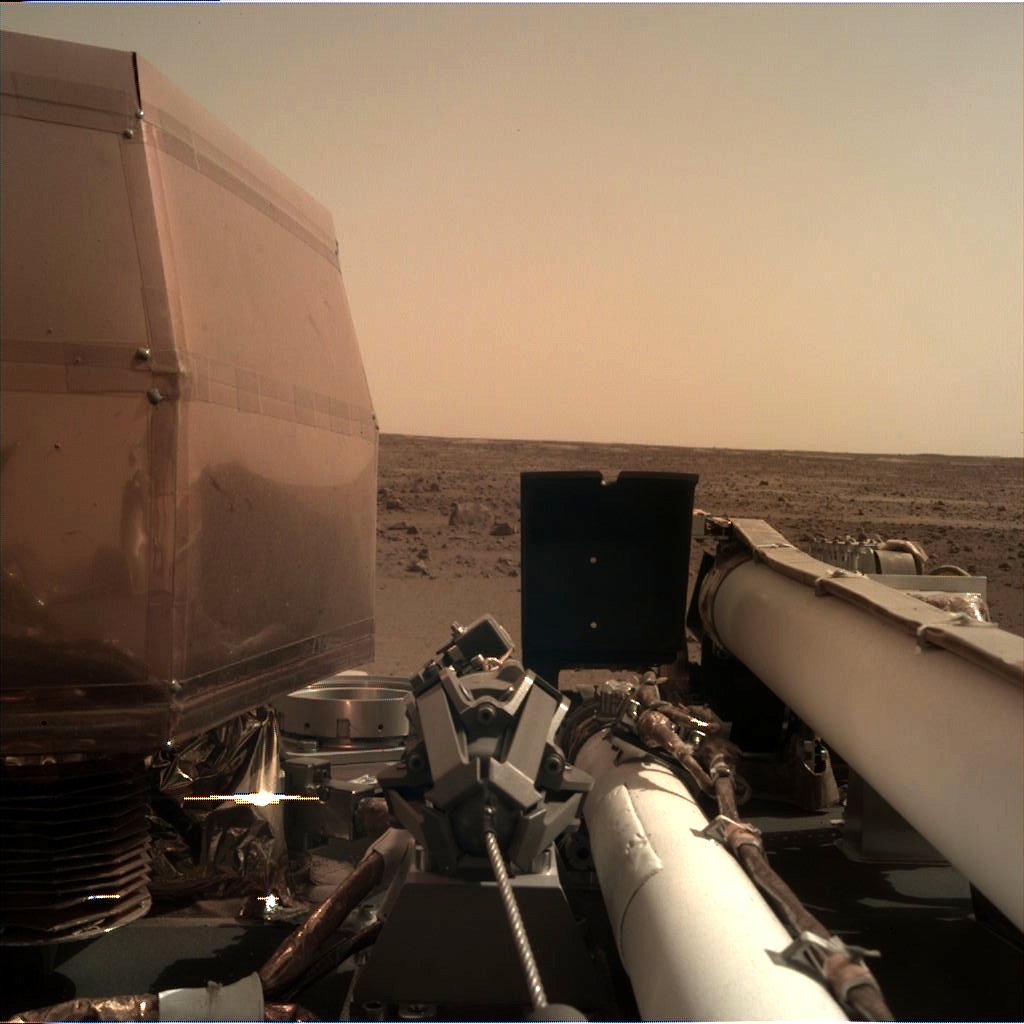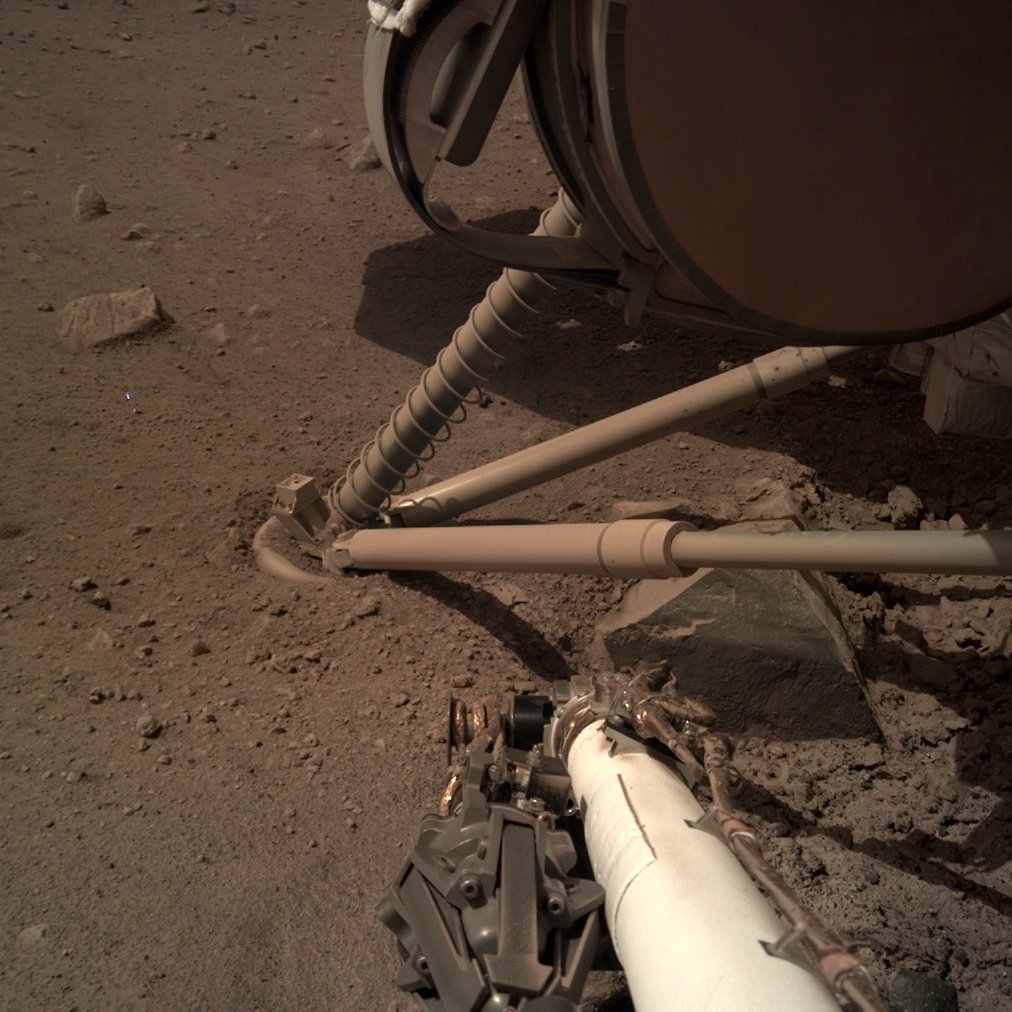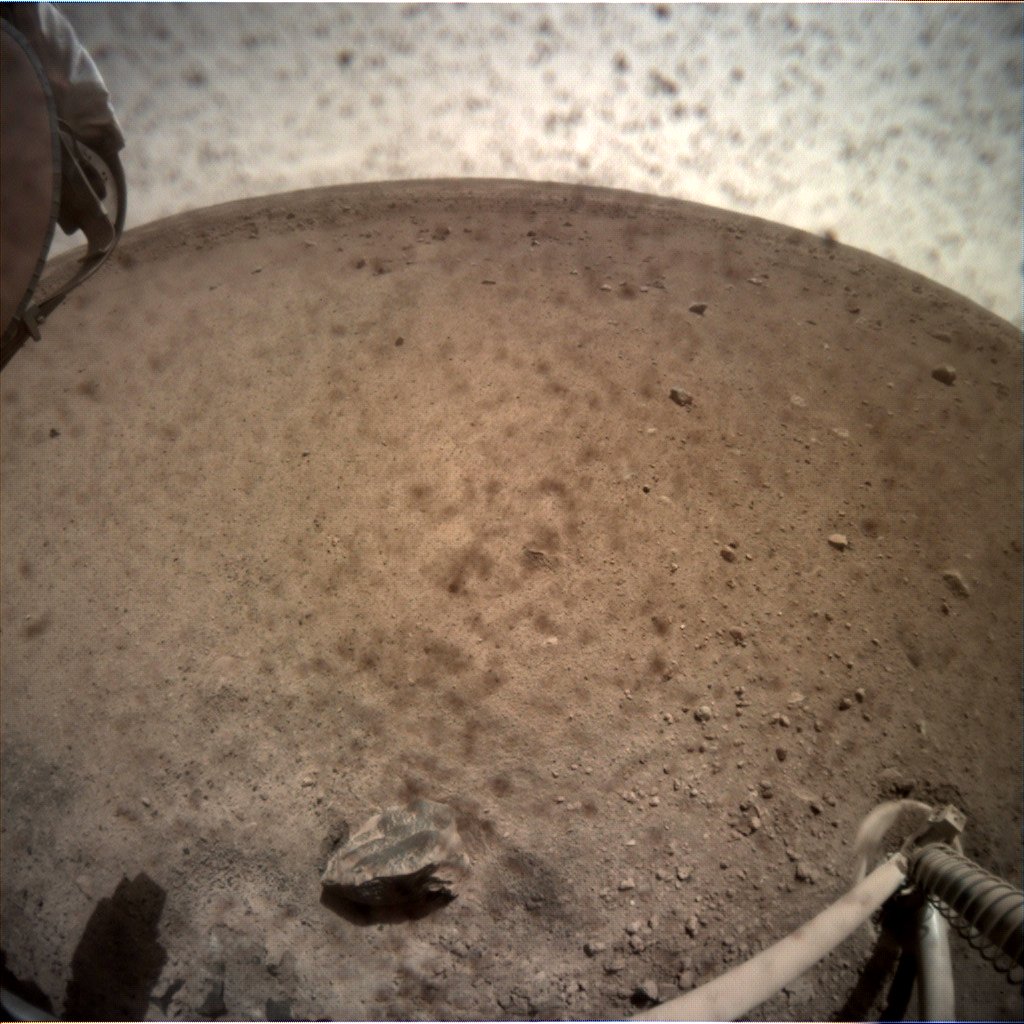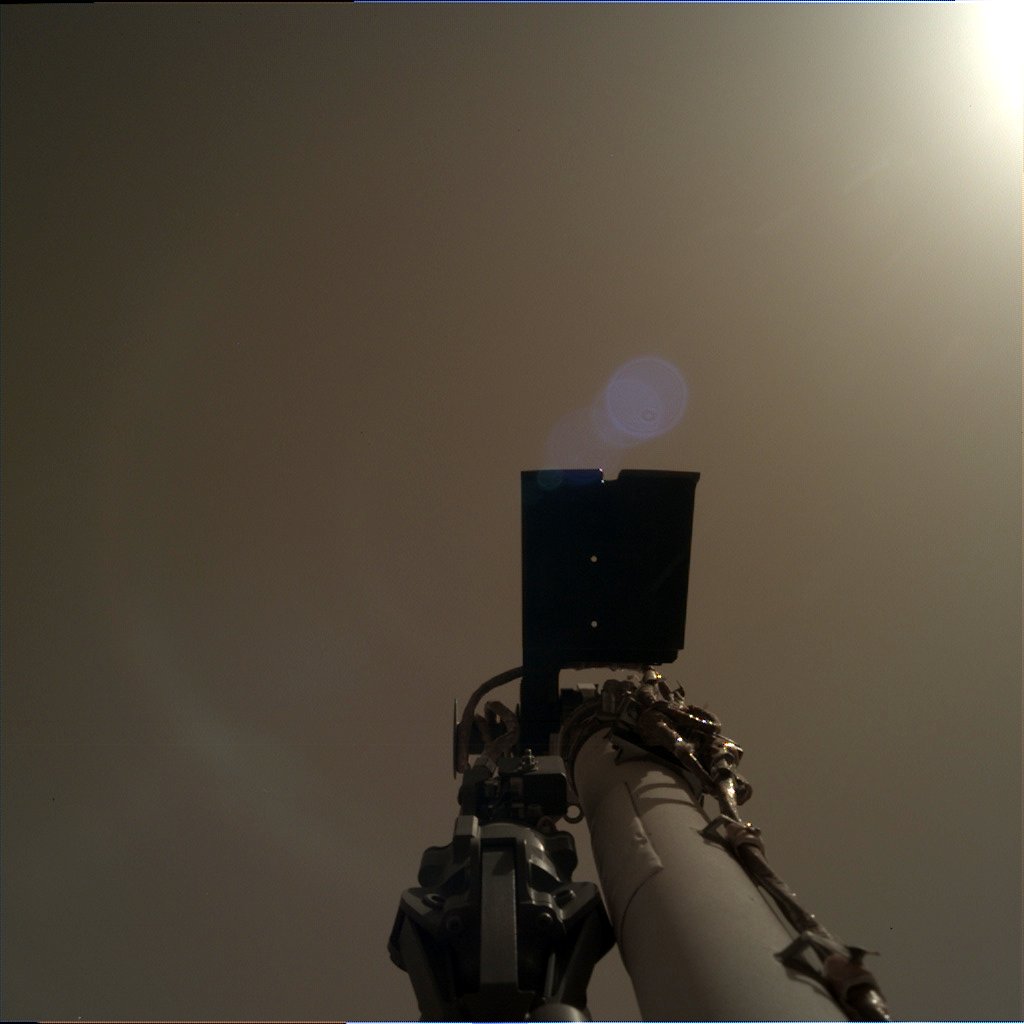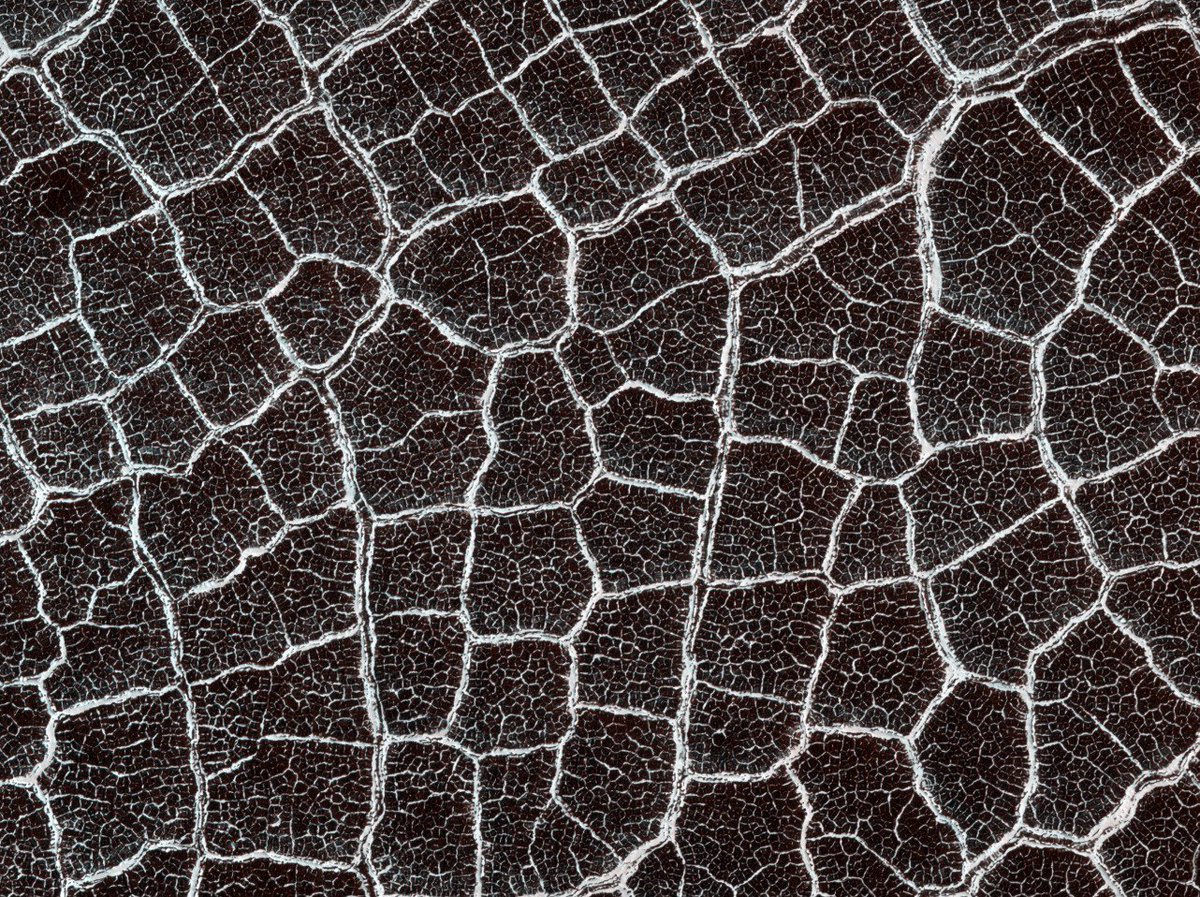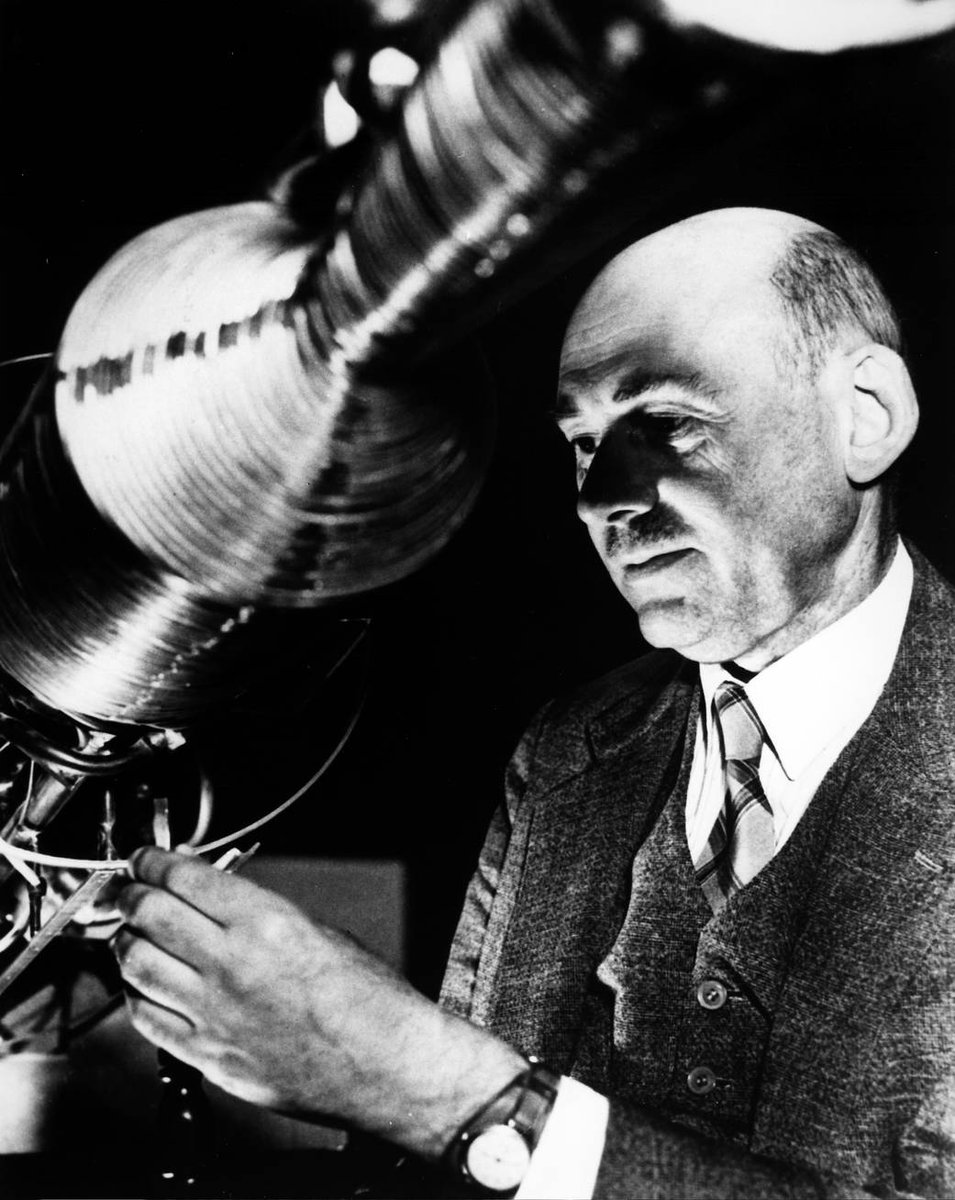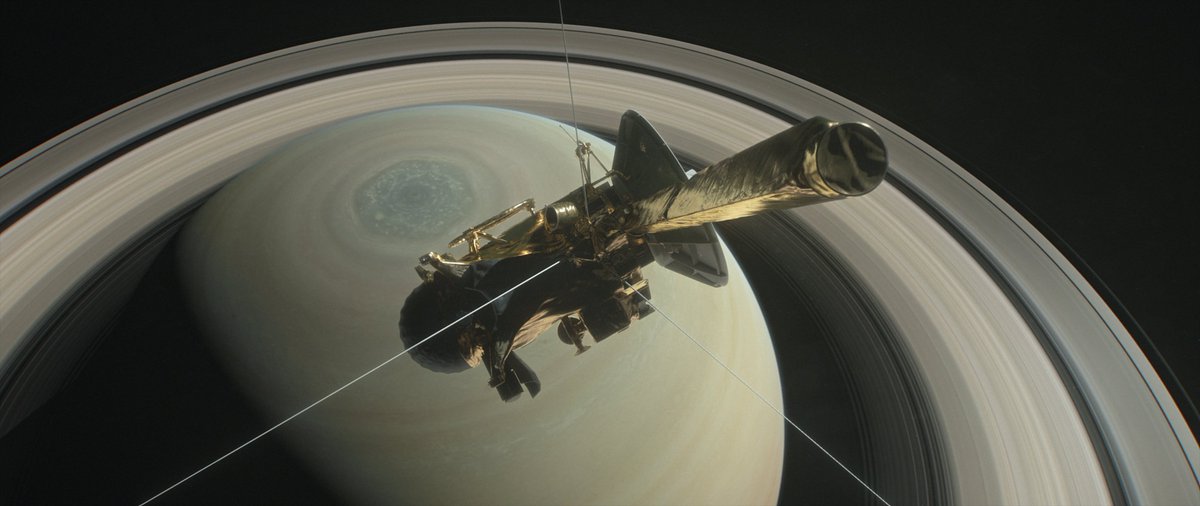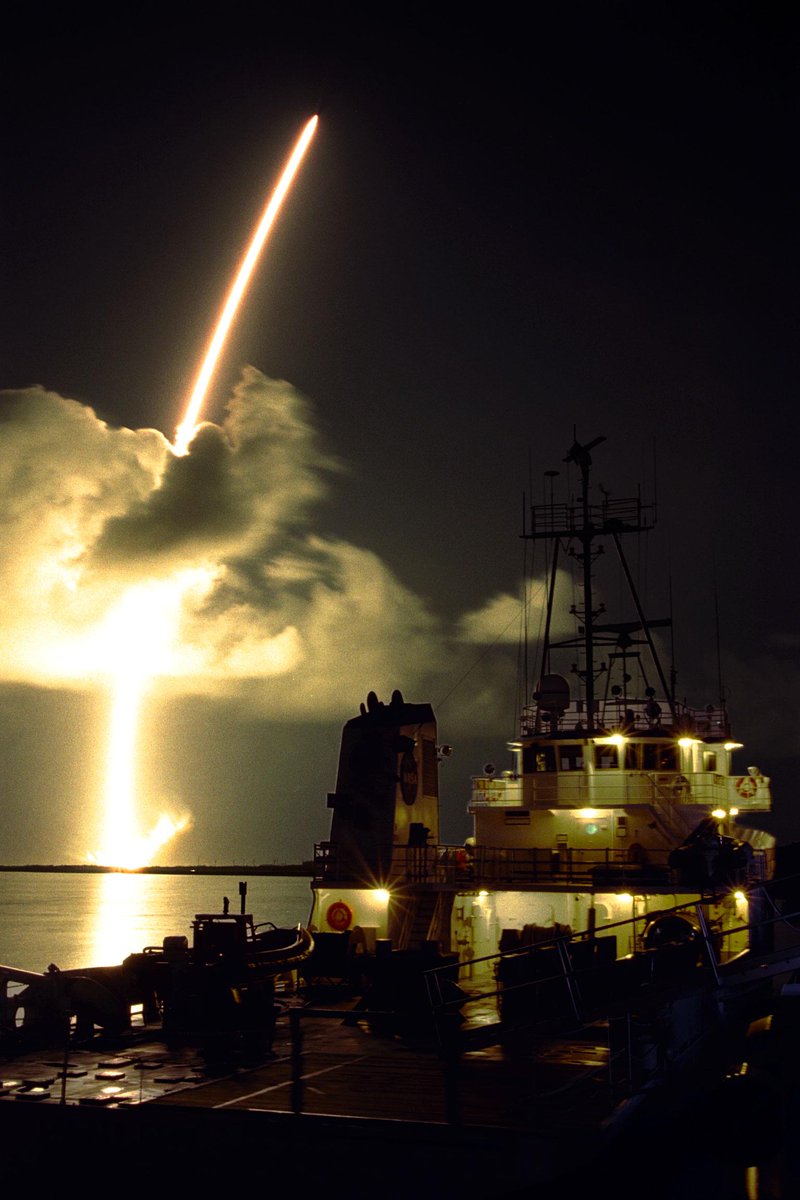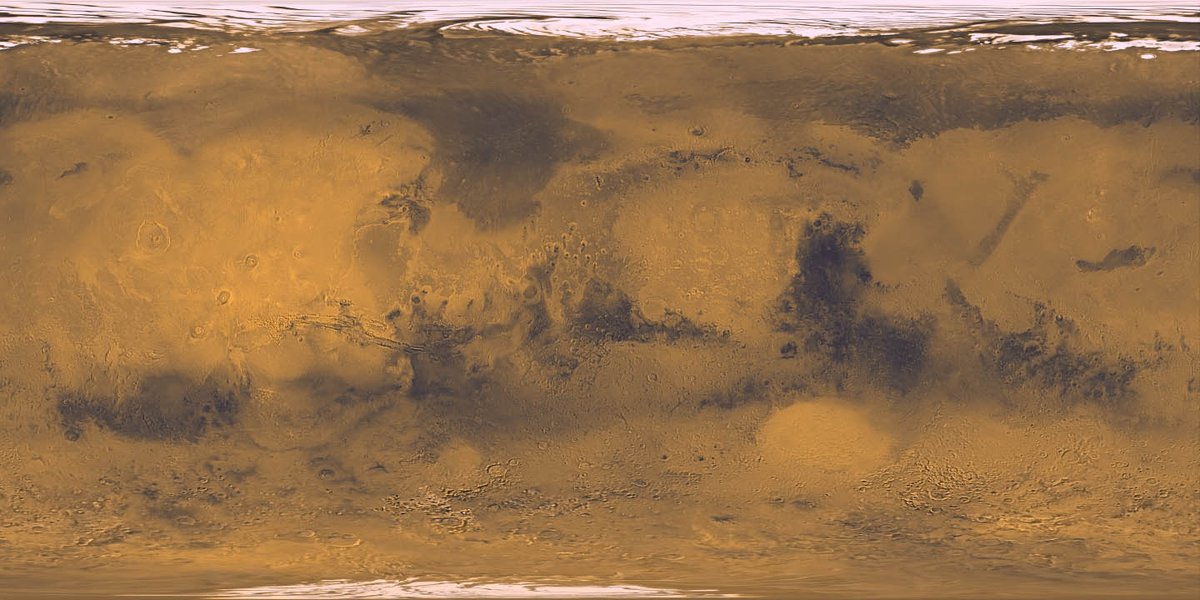May 30: MRO saw first indication of dust storm and notified MER team.
Indeed we saw increases in atmos opacity.

Our concern level continued to increase. On June 6, we decided to do a 2-day plan with no comms til second day as a power saving measure.
On June 1 it headed south toward Opportunity.
Dust haze is now spread across a quarter of Mars. It is now a "dust event." Curiosity is seeing dust haze, too.
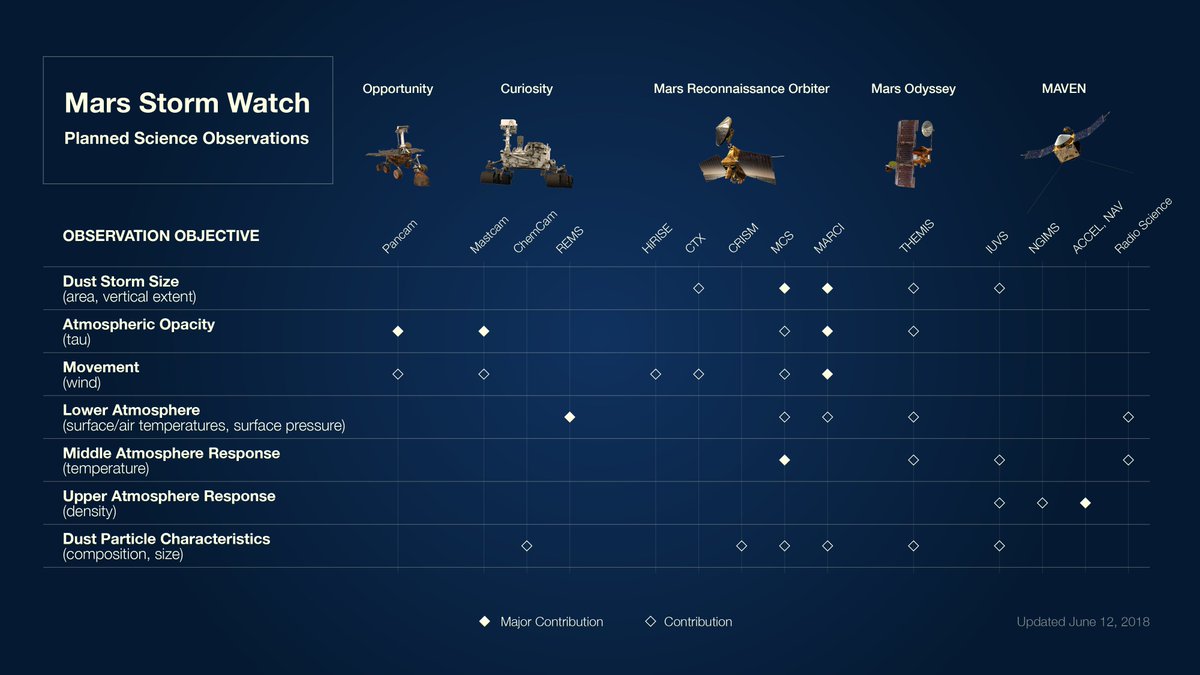
Callas: Spirit was going into winter; Opportunity is going into summer -- as soon as sky clears it'll have ample power.
Callas: Amount of accumulation is a monolayer of dust. There is concern that vehicle will get dusty.
Zurek: Curiosity is actually doing science, looking for dust movement inside crater. They're not too worried.
Callas: We were able to maintain sequence control throughout storm, but we did have periods where we chose not to communicate for 4 days.
Batteries are still at 85% capacity
Zurek: A lot like Earth storms -- local dust lifting. But on Mars dust lofts itself to high altitudes because of solar heating warming air with dust. The higher elevation it is, the longer it will take for it to subside.
Watzig: InSight's navigation is not affected by dust. We can fly right through it during landing.
Zurek: Storm is not expected to last, but will a second storm develop later in the year? It's rare but we've seen it
Callas: It's in excellent health. We're doing 2-wheel steering instead of 4 because of steering actuator issues, but otherwise fine.
Callas: Working at Perserverance Valley, which looked from orbit like it might be water-carved. We're exploring it, are halfway down, and are testing origin hypotheses -- water vs wind.
Zurek: This is a good example of how interpretations that seem easy from orbit get a lot more complicated once you're actually on the ground. "Ground truth is a good thing."
Callas: It is concerning. This team has a very strong bond with the rover, we have a very tight emotional connection with it. We anthropomorphize this rover. It's like we have a loved one in a coma in the hospital.
Dave Lavery: With regard to orbiters, we don't expect any issues from the storm, they're above it and will be learning a lot.
Zurek: Infrared data tells us about particle sizes. We're looking at atmosphere at many levels. MAVEN is dipping down to 160 km at moment. They're safe, and it's interesting to see response of upper atmos to lower atmos.
Zurek: Wind speeds are high, but you're not going to be able to blow a spacecraft over with it.

